Engine Oil in Solid Form: When and How a Viscous Liquid Turns into Jelly
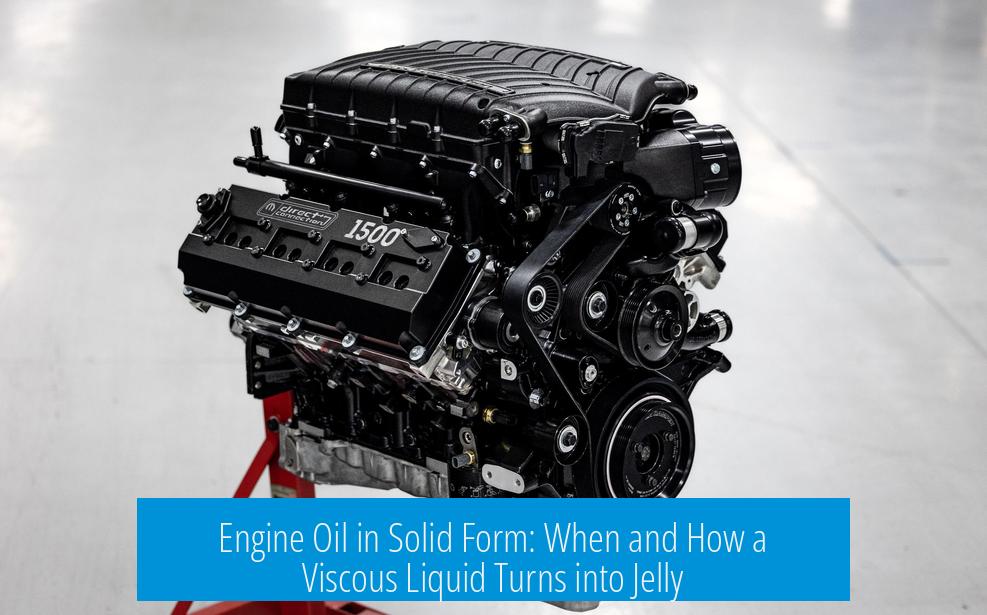
Engine oil can transition from a viscous liquid to a solid or jelly-like substance mainly due to prolonged use without change, oxidative polymerization, contamination, and additive reactions under high heat and pressure.
Conditions Causing Solidification of Engine Oil
Engine oil becomes jelly-like primarily when it is used beyond its service life. Long usage without an oil change allows chemical processes to alter its structure. Synthetic oils pushed far past their lifespan are prone to such transformation.
The oil endures high temperatures and pressures inside the engine. This environment, combined with exposure to water and carbon dioxide, initiates oxidative polymerization. Hydrocarbon chains in the oil break and recombine, forming branched, cross-linked polymers. These new molecular structures resemble gels or elastomeric materials, resulting in a jelly consistency.
Role of Contaminants and Additives
Combustion byproducts, such as soot and acidic compounds, contaminate the oil and contribute to its degradation and solidification. Unintended mixing of different oils or improper additives may accelerate gel formation. Some aftermarket additives form radicals when heated, promoting cross-linking between hydrocarbon chains. This reaction produces a three-dimensional gel network within the oil.
Moreover, some additives that claim to seal leaks or improve oil performance can cause the oil to gelatinize if left unchecked. Their chemical reactions promote thickening and eventual semi-solidification if oil changes are neglected post-application.
Chemical Mechanism Behind the Transition
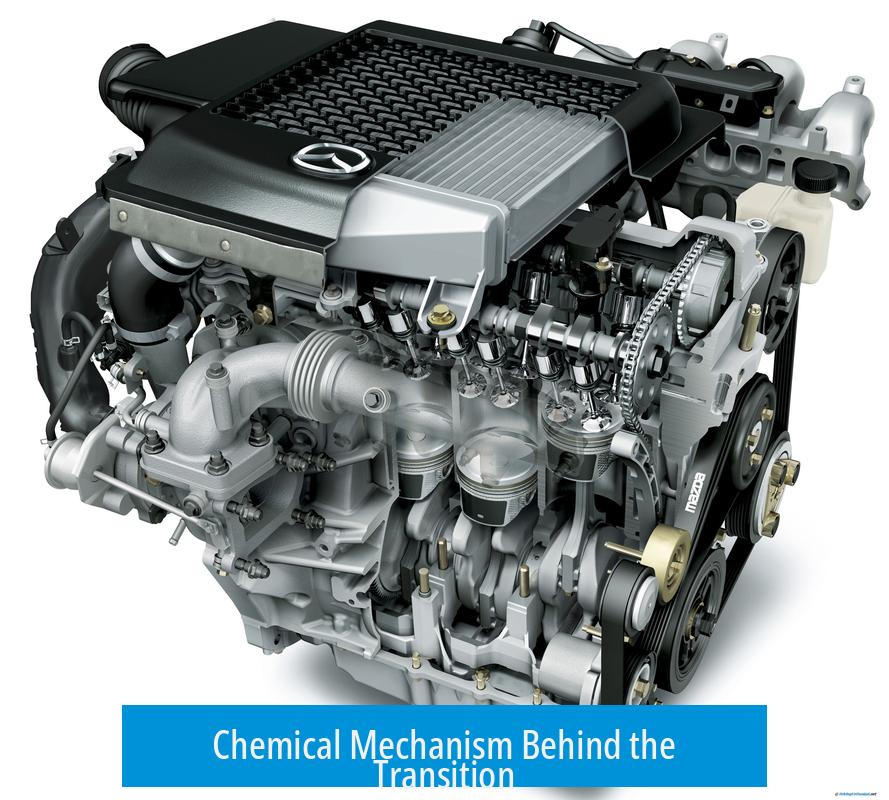
Inside the engine, oil molecules undergo constant breaking and reforming of bonds. Polymer chains link up to create larger, tangled networks, causing viscosity to increase drastically. Over time, these long polymer chains form gels as they develop cross-links in response to heat-induced chemical stress and contaminant interaction.
Practical Insights and Maintenance
- Similar behaviors occur in cooking oils exposed to repeated heating, where oil thickens or solidifies.
- Real-world examples include sludge buildup in engines that skipped timely oil changes.
- Delay in oil changes is the key factor; regular oil replacement prevents polymer buildup.
Experts recommend changing engine oil at least once per year or according to manufacturer guidelines, even if topping up frequently. This practice halts polymerization and contamination, preserving the oil’s fluid nature and engine health.
Key Takeaways
- Prolonged use without oil change leads to oil becoming jelly-like.
- Oxidative polymerization and cross-linking under heat cause solidification.
- Contaminants and additives can accelerate this gel formation.
- Regular oil changes prevent solidification and protect engine integrity.
Engine Oil in Solid Form: When and How Does a Viscous Liquid Turn Jelly?

Anyone who’s ever peeked under their car’s hood and wondered if engine oil could ever turn into something jelly-like—well, spoiler alert, it can. Let’s dive into how that thick, slick liquid you rely on can morph into a solid or jelly-like goo that no mechanic wants to meet.
Imagine engine oil as a hardworking, slippery guardian inside your engine. It’s designed to flow freely, lubricating and protecting metal parts. But, under some tough conditions, this liquid can betray its nature, thickening and eventually turning solid. What triggers this betrayal? Let’s break it down.
The Slow March from Liquid to Jelly: Continuous Usage Without a Change
First up, the classic culprit—neglect. If you leave synthetic motor oil in your engine way past its prime, it starts to break down. You might think that adding some fresh oil here and there keeps it safe, but nope. Overstaying your oil’s welcome invites chemical chaos inside your engine.
Think of your oil as a party guest. If they stay too long, things go downhill. Old oil becomes a reactive soup, not the fresh, clean protectant it should be. This long-term usage leads to the creation of thicker substances inside your oil, eventually making it less liquid and more… jelly-like.
Chemistry Class: Oxidative Polymerization and Polymer Reactions
Here’s where things get interesting and scientific. Engine oil is made of long hydrocarbon chains. When exposed to the engine’s high heat, pressure, water, and carbon dioxide, these chains start to break.
But wait—this breaking isn’t like snapping a twig; it’s more like chains reaching out and grabbing onto each other, forming new, complicated bonds. This process is called oxidative polymerization. The result? Branched and cross-linked polymers bloom inside your oil, creating thick, gel-like or even rubbery compounds.
Picture a group of people at a dance suddenly locking arms in all directions, forming a tangled mass. That’s your oil molecules cross-linking, resulting in a solid or jelly that refuses to flow properly.
The Dirty Truth: Contamination Factors
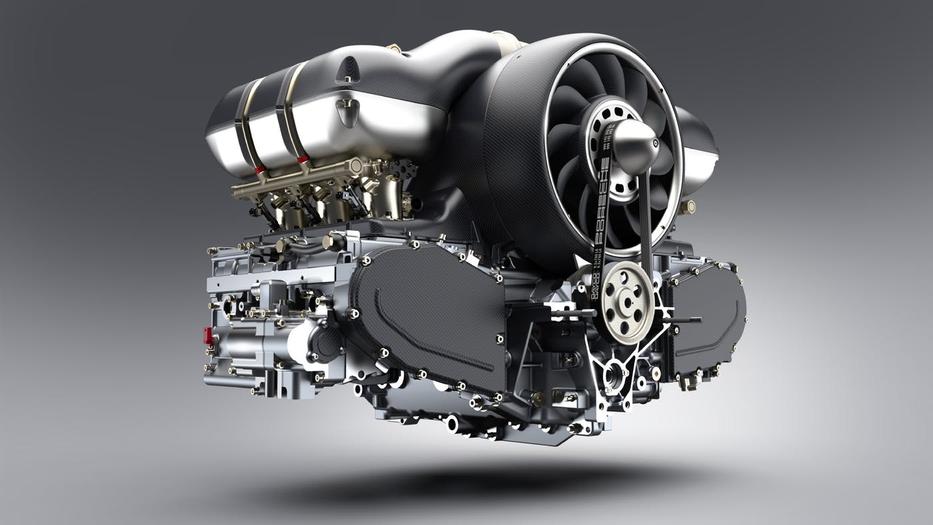
It isn’t just about chemistry; grime matters, too. Soot, combustion by-products, and other contaminants pile up inside your oil over time. These unwanted guests act like glue or filler, causing the oil to thicken and lose its slippery magic. Oddly enough, someone even joked about “friends adding sugar”—not recommended, but amusing.
Add to this the risky business of mixing oils with incompatible additives. Some additives can kickstart reactions that speed up oil’s solidification, while others might promise miracle fixes but deliver sludge. Using those “seal your head gasket” additives without timely oil changes? Recipe for gelatinous disaster.
Conditions That Trigger the Solidification
Think about the engine’s environment: extreme heat, crushing pressure, and a chemical cocktail with water and CO2. These forces break some oil molecules but not into harmless fragments—they react further, forming complex polymers. A side effect is “radical cross-linking,” where metals inside the engine can accelerate the transformation.
Some hydrocarbons, cracked from mineral oils, form “star-like” molecules that assemble into a three-dimensional gel network. The jelly you see isn’t just thickened syrup—it’s a structured gel formed at the molecular level.
Ever Wondered Why Cooking Oil Hardens in the Fridge?
Here’s an analogy: cooking oil you stash in the fridge can solidify. While temperature is the key player there, the basic idea of liquid turning solid applies. Similarly, engine oil’s complex reactions can stiffen it. But unlike your kitchen oil, engine oil solidifies due to high heat, contamination, and chemical bonds, not just cold temperatures.
Want proof? Check the inside of an old belt-driven vacuum after years: layers of hardened, jelly-like grime hang around. The same idea’s at play inside neglected engines.
How Long Does It Take to Turn to Jelly?

This is the million-dollar question. There is no fixed period, but the longer oil works beyond its recommended lifespan, the worse it gets. Months to years of neglect can cause significant solidification, especially if the vehicle sees tough driving conditions. The more abuse—high temperatures, stop-start traffic, and contaminated additives—the faster the transformation.
But don’t panic. The fix is straightforward: change your oil regularly! Experts advise an oil change at least once a year, even if you keep adding fresh oil. This routine flush prevents polymerization and contamination buildup from turning your oil into sludge or jelly.
Practical Tips to Avoid Jelly-like Engine Oil
- Stick to Scheduled Oil Changes: Follow your vehicle manual. Don’t push it to the limit.
- Avoid Mixing Different Oils: Different additives might clash and accelerate gel formation.
- Watch Out for Additives: Some fix-it-all additives can cause more harm than good if not used properly.
- Keep an Eye on Contamination: Heavy soot or water contamination means your engine environment isn’t healthy.
In Summary
Engine oil can go from a slick, viscous liquid to a jelly or solid mostly because of chemical changes in your engine’s hot, pressurized conditions.
Oxidative polymerization and polymer degradation join forces to create cross-linked, branched polymers inside your oil. These transformations thicken and gel the oil. Continuous usage without changes, contamination by soot and combustion products, and risky additive combinations speed up the process.
So, when was your last oil change? Because the last thing you want is your engine oil turning into a thick, sticky mess that gums up your engine’s vital parts.
Next time you’re at the mechanic, ask to see your old oil. If it’s jelly-like, you’ll know exactly what story it’s telling.
Under what conditions does engine oil turn from liquid to a jelly-like solid?
Engine oil can solidify when exposed to high heat and pressure, combined with water and CO2. These conditions cause chemical bonds to break and reform, linking polymer chains into a cross-linked gel structure.
How does oxidative polymerization affect engine oil’s consistency?
Oxidative polymerization creates new bonds between oil molecules, transforming long hydrocarbon chains into branched, cross-linked polymers. This process thickens the oil into a jelly over time.
Can additives cause engine oil to become solid?
Certain additives can trigger radical cross-linking and metal-initiated oxidation, forming a 3D gel. Some additives left too long can turn oil sticky and gelatinous.
What role does contamination play in engine oil solidification?
Contaminants like soot and combustion byproducts mix into the oil, accelerating polymer reactions and thickening. Mixing different oils with incompatible additives can also cause jelling.
How long does it take for engine oil to become a jelly without changing?
Prolonged use without oil changes leads to polymer buildup. This timeframe varies but can occur after extended driving without maintenance, depending on engine conditions and oil type.


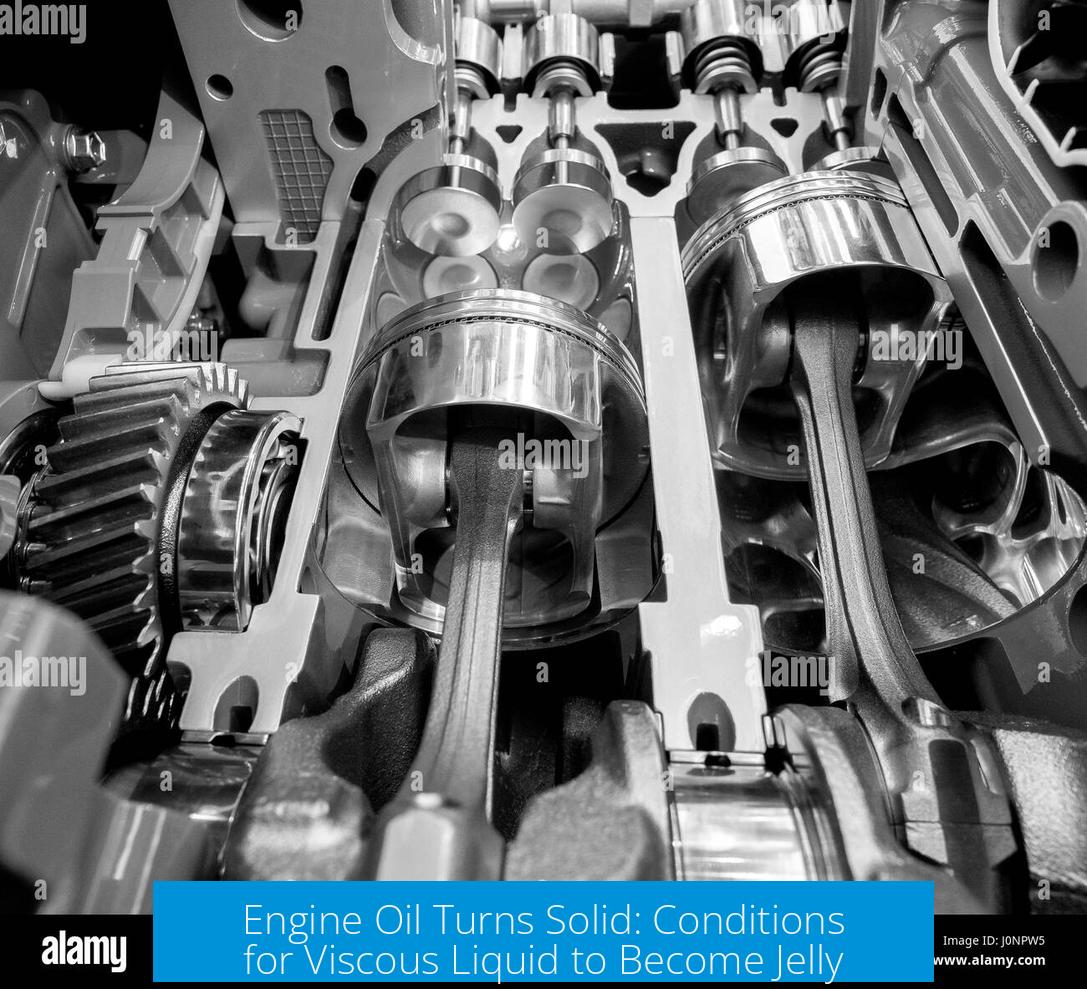
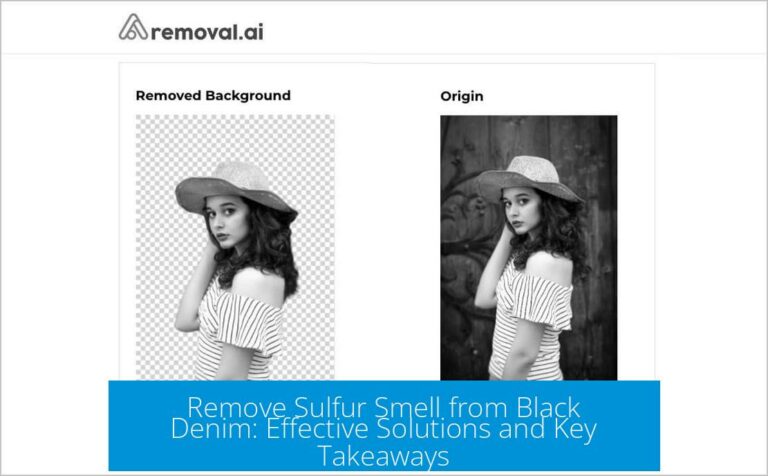
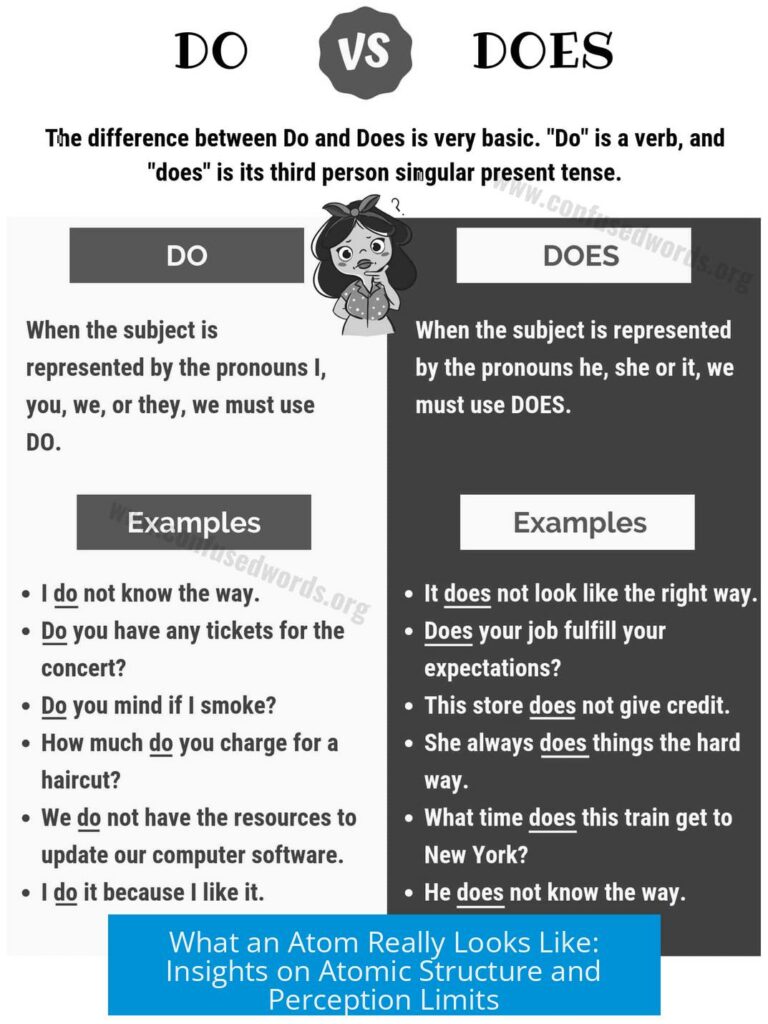
Leave a Comment